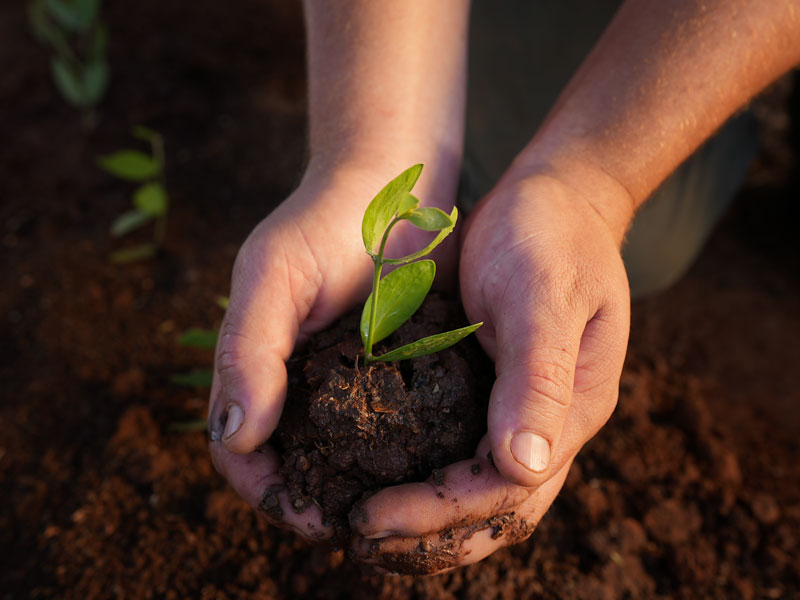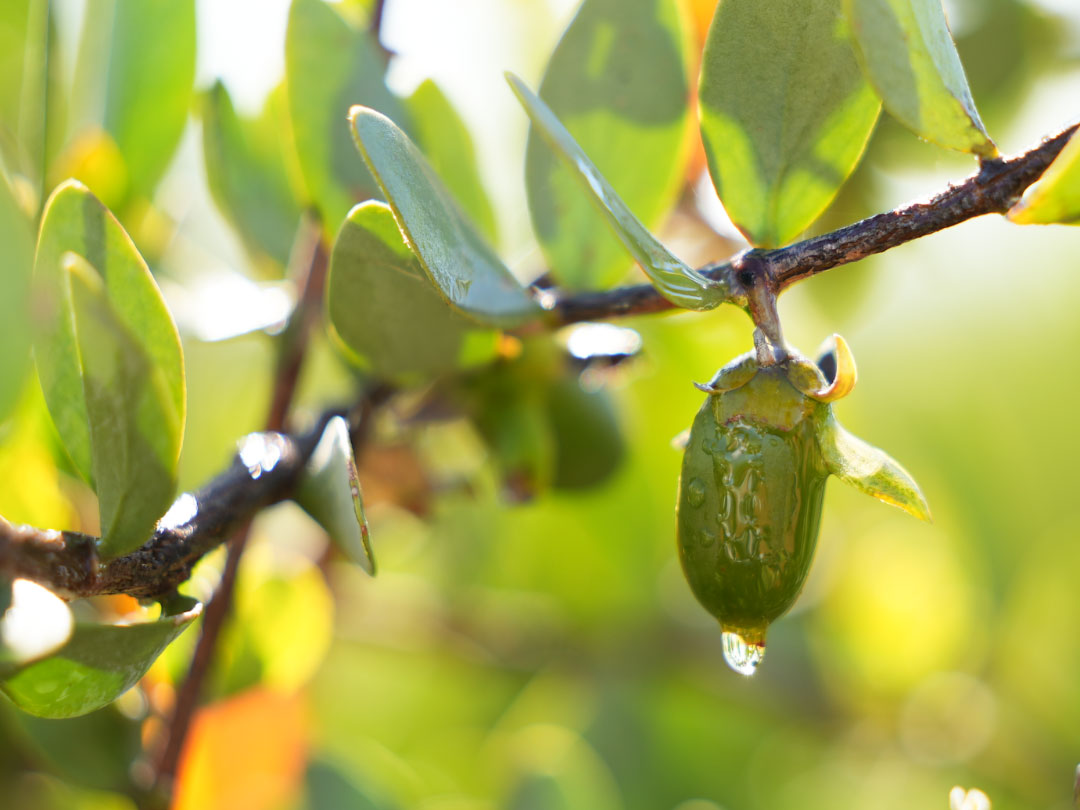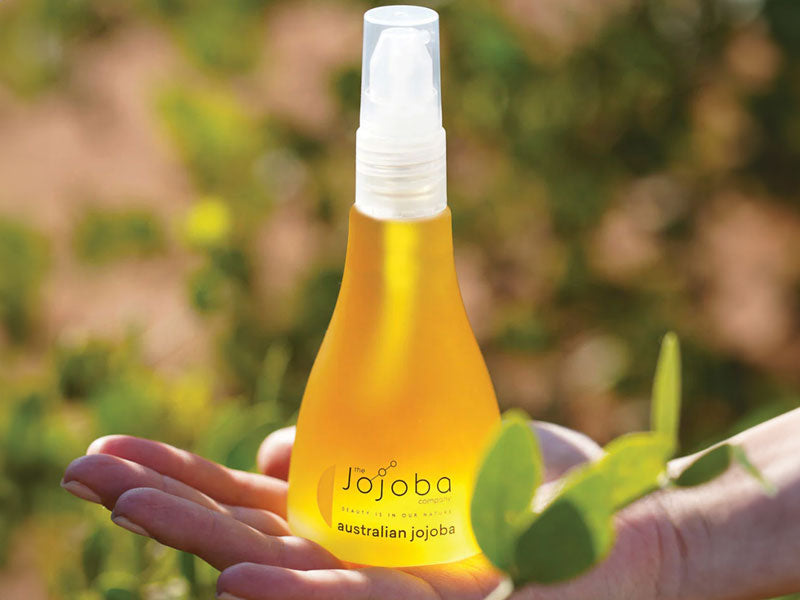Understanding Jojoba: Jojoba Life Cycle, Fun Facts, Usages for Skincare

As the experts in Jojoba, we’re very passionate about understanding our Jojoba inside and out, and this includes knowing the many different forms it takes on.
From Jojoba Leaf Extract to Jojoba Milk, you’ll find various ingredients within our skincare ranges that are by-products of our amazing Australian Jojoba, giving your skin as much goodness as possible.
Get ready for Jojoba 101… let’s learn about the components that make up our wonderful Australian Jojoba!
Fun Facts about Australian Jojoba
| In every 3.2 beans, you'll find 1ml of our Australian Jojoba | Jojoba trees are carbon negative, so they remove more carbon from the atmosphere than they takes to grow | To limit our environmental impact, we feed our crops composted animal manures as a source of nutrients, rather than chemical fertilisers |
| Jojoba has a long shelf life (up to 3 years unopened) as it is designed to smother, protect and preserve the beans against oxidation | Native to the Sonoran Desert in Arizona, USA, Jojoba thrives in drought-like conditions and can survive with limited moisture | Half of the Jojoba bean is the physical bean itself, while the other half of the bean's mass is the liquid Jojoba |
The Jojoba Life Cycle
Jojoba Plant
Our first crop of Jojoba trees were planted on our Beresford Farm back in 2000. It takes roughly 8 years for the crop to be mature enough to produce beans, and so we received our first harvest in 2008. Farmer Tavis and the team care for our Jojoba shrubs each year in the lead up to harvest, which occurs in February - March.
Learn more about Jojoba FarmJojoba Bean
When our Jojoba beans are full of wax and mature, the plant simply drops them on the ground. We leave our beans under the skirt of the plants so they can dry in the sun. This helps them concentrate the purity of the golden wax. Then, the beans are collected and sent to be crushed and the golden liquid inside extracted.
Take Virtual TourJojoba
Although commonly referred to as an oil, Jojoba is actually a liquid wax ester. Jojoba is the only plant to produce liquid wax esters (which makes up one-third of human sebum). By using Jojoba on your skin, important vitamins and omegas travel deeper into the skin, giving you the complexion of your dreams!
Benefits of JojobaIngredients That Come From Jojoba
Jojoba Milk

Although it sounds like it comes from an animal, Jojoba Milk is actually a vegan, non-dairy by-product of our Wadi Wadi Australian Jojoba.
Jojoba Milk is a lightweight, quick-absorbing ingredient with a milky texture.
It attracts and traps moisture deep within the skin’s layers, helping to calm, repair and nourish skin while targeting redness and irritation.
You can find Jojoba Milk in the following products:
Hydrolysed Jojoba Esters

Jojoba beads are hydrolysed jojoba esters in bead form.
They’re a natural, environmentally-friendly alternative to plastic microbeads, which are often found in skin exfoliators, cleansers and soaps.
Plastic microbeads are harmful for us and the environment, as not only do they pollute the earth, but when used in skincare, they can create micro tears, damaging our skin.
- Jojoba Bead Cleanser
- Water Toning Mist
- Transformative Eye Serum
- Ultimate Day Cream
- Ultimate Night Cream
Jojoba Leaf Extract

While we normally focus on extracting Jojoba from the bean, we’ve found that the water contained within the Jojoba leaf also has great - and different - qualities that are beneficial for the skin.
Jojoba leaf is an aqueous (water) extract from Jojoba leaves, which improves skin structure, firmness and cohesion, enhances the skin’s barrier function and restores the skin’s moisture.
You can find Jojoba Leaf Extract in the following products:











